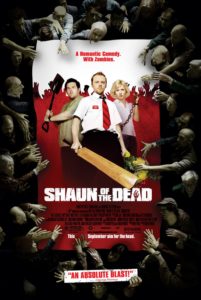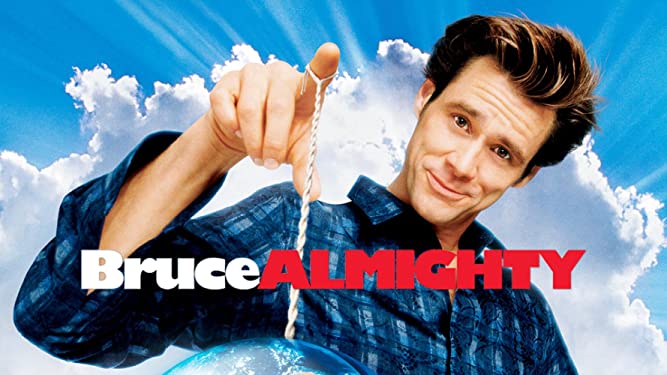Ah, I know what you’re thinking. Somehow we missed each other last week. But I was on holiday in a place that was, blissfully, somewhat disconnected for me. Still, the last week was frantic. Back from a break and straight to Ad:tech at Olympia: it’s the trade show to connect the London digital advertising industry. It is, apparently, where ‘the online marketing and advertising community will gather together’ to reveal the latest trends and market figures, share best practices and address industry challenges. The main challenge I learnt: buy more comfortable shoes! And for those heading to this New York’s Advertising Week, remember your ‘phone charger.
As I didn’t do the paid-for conference I didn’t get to see the good folks from Twitter talk. There was much buzz about that but surprisingly light Twitter talk on the official #adtechuk hastag. I think it needed promoting a little better. But, of course, there was a social media buzz last week helped along nicely by Google telling us ‘Social recommendations can revolutionise online advertising‘. If you see my Twitter feed then you’ll know I am a big social media fan and I do think ‘social’ can change advertising but putting Twitter feeds into ads may not be the way (I know, it wasn’t the only thing they suggested).
eConsultancy is reporting some IAB research that tells us ‘Publishers get the short end of the stick with ad-supported content‘ and suggests publishers would do well to both look at their ad-revenues and cost structures. I don’t think any publisher needs telling this. It’s been true for many years that publishers are struggling with ways to properly monetise digital content. Nonetheless, I was surprised by the paragraph,
According to the IABUK’s study, “if those services that are currently provided for free were to be charged for (at a level that generates the same amount of revenue as ad-supported services), 40% of current users could stop using the internet.”
Really? Stop using the internet or just those services which have decided to charge? The devil, as always, is in the detail and that’s perhaps one to look at in more depth another week. Staying with the publisher business, in a tweet from the Ad Trading Summit, Improve Digital’s @janneke_improve reported “Large publishers will win unless niche publisher are able to monetise audience which makes a lot of sense to me.
Of course all publishers are looking at how their future digital advertising may play out. I would argue that putting a price on the right content may well work for some print publishers. There are lots of examples where it is working and scarcity will always be paid for. Didn’t Sky Sports show us the way?
As an aside, I wonder what Sky make of the BBC, ITV, Channel 4, TalkTalk, BT, Arqiva, Channel 5 joint venture for on-demand television services being branded YouView. Personally, I think it’s a really smart name but I can imagine some trademark lawyers had much fun (and decent bonuses) clearing it. The partners in the venture were, no doubt, intrigued to read research from Dynamic Logic telling us that ‘TV commercials repurposed as online ads perform less well on many metrics than videos especially developed for the online space’. I wonder how many created-for-television ads are run by those companies on their sites versus copy created especially for an online audience? I’d wager there’s more research on this to come as the survey also suggested television copy performed better under some circumstances. How are creative and planning-shops to use this do you think?
In other news, is the EU really cracking down on targeted advertising or are they making some sensible privacy suggestions? As we have noted before, privacy is key and I’m sure we, as an industry, can achieve the right balance. Perhaps noises-off (from Brussels) will get the industry there a little more quickly. The EU is also reported as having suggested that the use of Flash cookies for some purposes as illegal under European law. Clarity on this matter is, surely, a good thing and I’d be interested in seeing a proper ruling, if anybody has one.
This week, privacy was cited as a reason some people are choosing not to opt-in to SMS/MMS advertising. Research from the Internet Advertising Bureau and the Direct Marketing Association found, ‘64% of those surveyed did not want to opt-in to SMS or MMS because they thought they may have to share personal details’. The research also noted that 75% of respondents said, ‘they would be happy to opt-in to such services, given the right incentive, such as attractive offers, money off vouchers or priority service from a brand’. I wonder how good the offers would have to be to get that many people opting-in to more than a minimum of brand communications this way? Surely, just a few become intrusive very quickly.
Now, we’ve talked about Borrell Associates research numbers many times over previous weeks, noting in particular their research suggesting a bumper cash bonanza ($16 billion in 2011) for local (digital) advertising. Well research firm BIA/Kelsey thinks that is a little conservative. They suggest that local online already has 15% of a $133 billion local market (predicted 2010 numbers). eMarketer reports, ‘By 2014, BIA/Kelsey expects nearly one in four local ad dollars to be spent on digital’ which is pretty impressive, don’t you think?
As with other editions of ‘Last Week In Digital Advertising‘, this week’s scan of the digital advertising news shows that the industry has come a long way but also has a long way to go. It’s not surprising to have heard a number of suppliers at last week’s ad:tech conference bemoan the technical confusion arising from our industry: which technologies should be adopted and what can they do for their businesses? At least one mainstream publisher suggested there were simply too many technologies around and there wasn’t enough time to evaluate them all. We did hear that a data-driven display market is inevitable (so, you’re sunk if you don’t have your privacy in order) and brand safety is paramount (to both advertisers and publishers, who don’t want the wrong advertisers compromising their content).
As with any other modern business, it seems transparency is the key.

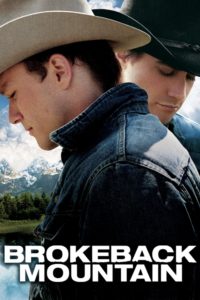
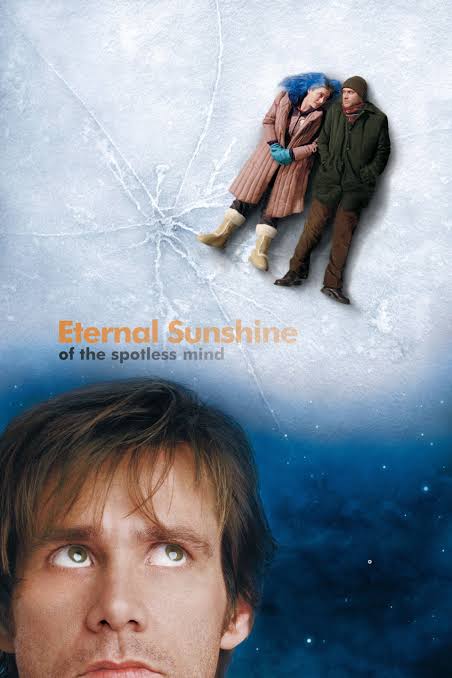


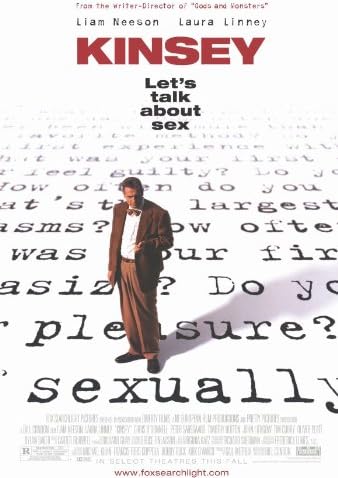
 I had heard and read almost nothing about
I had heard and read almost nothing about  One of the films I had been really interested in seeing this Christmas was Robert Zemeckis’
One of the films I had been really interested in seeing this Christmas was Robert Zemeckis’  The superheroes are having a mid-life crisis. I guess, following on from Spiderman, it’s not all the unusual for out lycra-clad action heroes to be questioning their purpose. The litigation society that forces the superheroes to, effectively, enter a witness protection-style programme was an interesting take on the world. Of course, it’s not the main point of
The superheroes are having a mid-life crisis. I guess, following on from Spiderman, it’s not all the unusual for out lycra-clad action heroes to be questioning their purpose. The litigation society that forces the superheroes to, effectively, enter a witness protection-style programme was an interesting take on the world. Of course, it’s not the main point of 